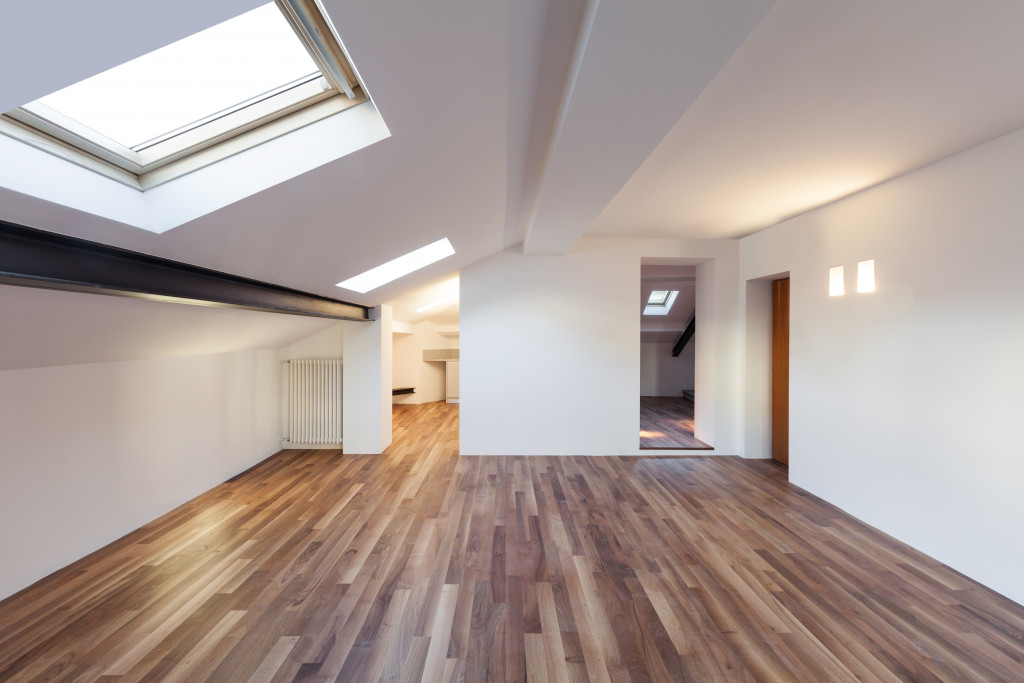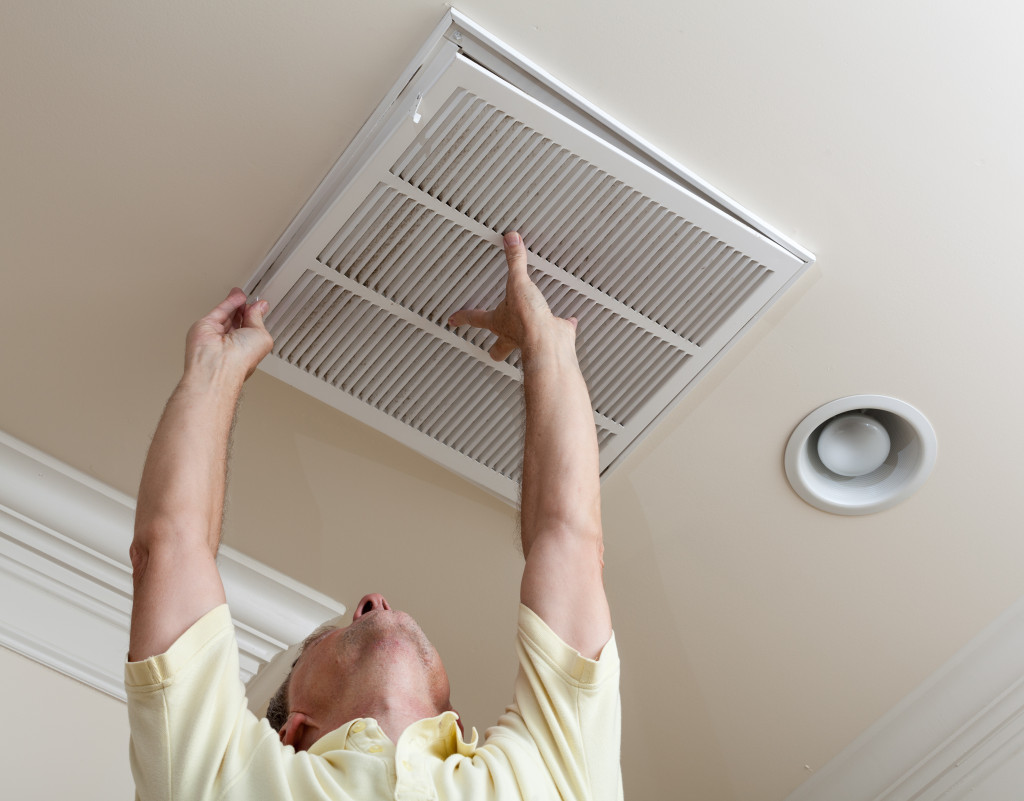- Exposure to toxins and pollutants in the home can lead to respiratory issues and allergies.
- Natural lighting positively impacts mood, energy levels, and cognitive functions.
- Maintaining good indoor air quality involves regular cleaning, using natural products, and incorporating air purifiers and plants.
- Home space availability is linked to reduced stress levels and improved cognitive development, especially in children.
A home’s design and environment can significantly impact the health and well-being of families, particularly children. Numerous studies have found that exposure to toxins, pollutants, and allergens in the home can lead to various health problems, including respiratory issues, allergies, and cognitive impairments.
Indoor air pollution is often two to five times higher than outdoor levels, contributing to various health issues. Indoor air quality is among the top five environmental health risks linked to asthma, lung cancer, and other respiratory problems.
A healthy home environment also has plenty of benefits for your family’s physical and mental health. If you want to ensure a safe, healthy home for your family, you’ll need to consider factors such as these:
Natural Lighting

Natural lighting is crucial for health and well-being. It offers numerous benefits that positively affect mood, energy levels, and overall health. In this section, we’ll discuss the advantages of natural lighting and ways to ensure it enters your home.
The sun’s rays are a natural source of Vitamin D, which is essential for bodies. Spending time in the sun enables the skin to produce vitamin D, which helps regulate calcium and phosphorus levels in the body, which is necessary for healthy bones and teeth.
Natural lighting stimulates the brain and enhances cognitive functions like alertness, focus, and productivity. People who work or study in areas with good natural lighting tend to perform better than those working in poorly lit spaces.
Here are a few ways to ensure natural lighting enters your home:
Install Skylights
Skylight installations can help bring natural light into any room in your home. Skylights can be installed on ceilings, walls, and floors to allow more light into the house.
Install Energy-Efficient Windows
Energy-efficient windows are a great way to let natural light into your home while reducing energy costs and improving insulation. These windows have a low U-value rating which helps keep out the heat during summer and retain heat during winter.
Place Mirrors Strategically
Mirrors are a great way to reflect natural light around the entire house. They can brighten dark corners of rooms or even redirect sunlight from one area of the house to another. Also, mirrors create an illusion of space, making small rooms look bigger than they are.
Repair Existing Windows
Damaged windows and frames can leak air, allowing allergens, pollutants, and other toxins into the home. If you have damaged windows, repairing them immediately is essential to protect your family from potential health risks.
Air Quality

Ind air quality is crucial for maintaining good health and preventing respiratory problems. Poor indoor air quality can lead to numerous health issues, including allergies, asthma, and other respiratory problems. According to the EPA, indoor air pollution is a significant environmental health risk and can be two to five times higher than outdoor air pollution.
One of the most important steps to ensure good indoor air quality is to keep the house clean and well-ventilated. Dusting and vacuuming regularly can go a long way in reducing allergens and pollutants in the air. It is also essential to ensure that the air filters in your HVAC system are clean and kept up to date.
Another way to ensure clean indoor air is to use natural cleaning products with fewer chemicals. Many household products contain chemicals that can irritate the skin and eyes, and some can even cause respiratory problems. Natural cleaning products are an excellent alternative to traditional cleaning products as they are free from harsh chemicals.
Plants can also play a vital role in improving indoor air quality. Some plants, such as the peace lily and the spider plant, can help filter toxins out of the air. These plants absorb airborne pollutants through their leaves and roots and convert them into harmless substances.
Finally, if you’re worried about the air quality in your home, you can use air purifiers to help filter out pollutants and allergens. HEPA filters are highly efficient and can remove up to 99.97% of airborne pollutants.
Availability of Space
Having a good amount of space in the house is essential for families to maintain their physical and mental health. A spacious home can help reduce stress levels and provide more opportunities for physical activities. It has also been linked to improved cognitive development in children.
Creating more space in the home can be done by making room dividers, such as shelves or curtains, to separate large areas into smaller ones. This will make it easier for everyone in the family to find their own space. You can also add furniture pieces that serve multiple purposes and better use available space.
Final Thoughts
Designing a healthy home is essential for families to enjoy a safe and comfortable living environment. Natural lighting, air quality, and space availability should all be considered when designing your home. With these tips, you can ensure that your home provides the ideal environment for your family’s health and well-being.
